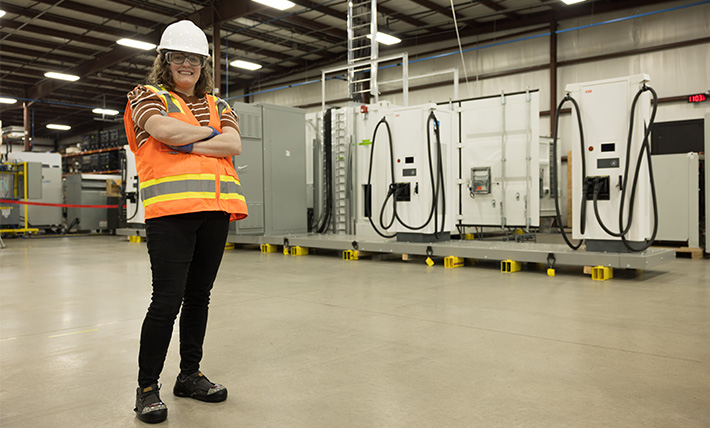READY TO CONNECT?
Complete the form below and a member of our Talent Acquisition team will be in touch. Ready to apply? Complete an official application.
X
Complete the form below and a member of our Talent Acquisition team will be in touch. Ready to apply? Complete an official application.
The FTI blog brings you the latest industry news from our team of experts, with topics including engineering, electrical installation, industrialized construction, technology, renewable energy, wellness, safety and productivity and more.

08.20.2025 | Career Development
An ICIAN is a master technician in their specific industry subset, with experience in all phases of the electrical infrastructure lifespan.
READ MORE
08.13.2025 | Electrical Installation
At FTI, safety is paramount. Tools like 3M’s Cable Quality Preparation System (QPS) robot enhance MV work safety and efficiency.
READ MORE
08.06.2025 | End-to-End Approach
Read how FTI’s end-to-end approach helped Children’s Wisconsin improve power reliability and support uninterrupted pediatric care.
READ MORE
07.30.2025 | Career Development
Learn about how Frank Hopkins, Excellerate director of technical operations, creates designs for industry-leading industrialized construction builds.
READ MORE
07.23.2025 | Career Development
How much can a summer intern really learn? Quite a bit! Read what a handful of FTI’s interns have experienced and how they’ve developed their skill sets.
READ MORE
07.16.2025 | Career Development
Read about workforce management at FTI and how we support our apprentices in their journey to becoming licensed electricians.
READ MORE
07.09.2025 | Career Development
Discover how the ultimate customer experience tool – a Network Operations Center (NOC) – delivers peace of mind and meets customers’ overall business goals.
READ MORE
06.25.2025 | Safety
Heat is part of the job, but heat illness doesn’t have to be. Learn how to spot the warning signs and practice smart habits to stay safe when temperatures rise on the jobsite.
READ MORE
06.18.2025 | Career Development
Engineering is a field that demands not only technical expertise but also strategic thinking and resilience. Amanda Miller's journey into engineering, from her high school involvement in robotics to her current role as a product manager for the Excellerate eSkid™ product line, offers valuable insights into overcoming challenges and finding success in this demanding profession.
READ MORE